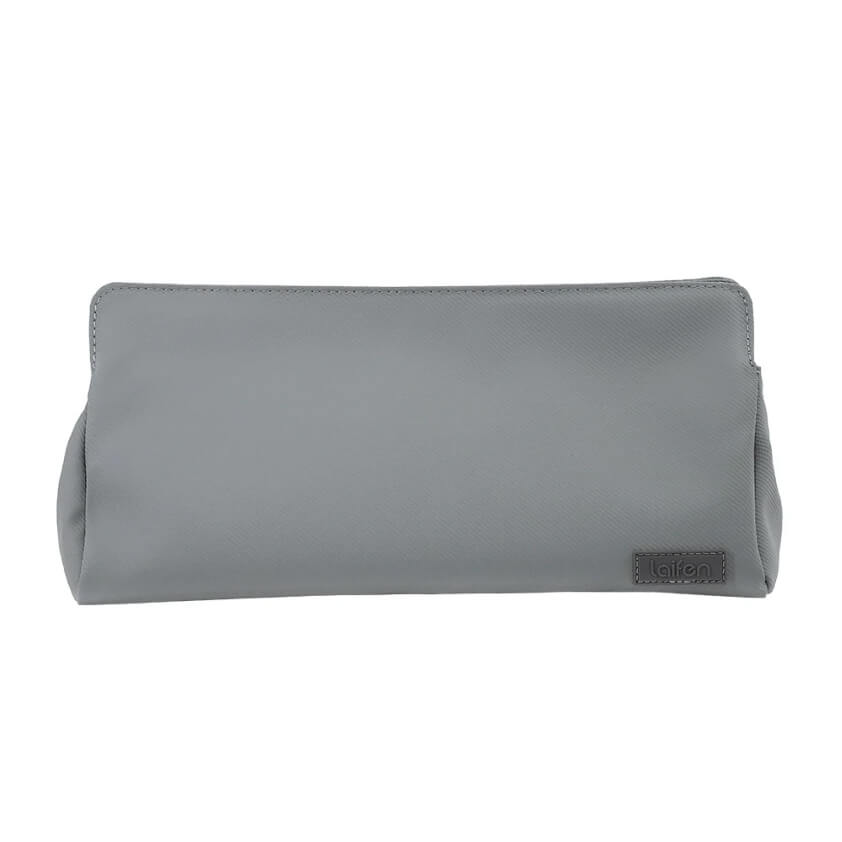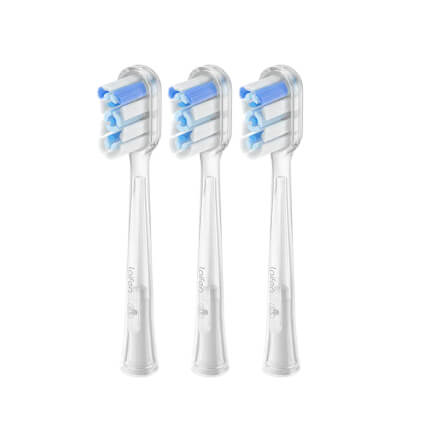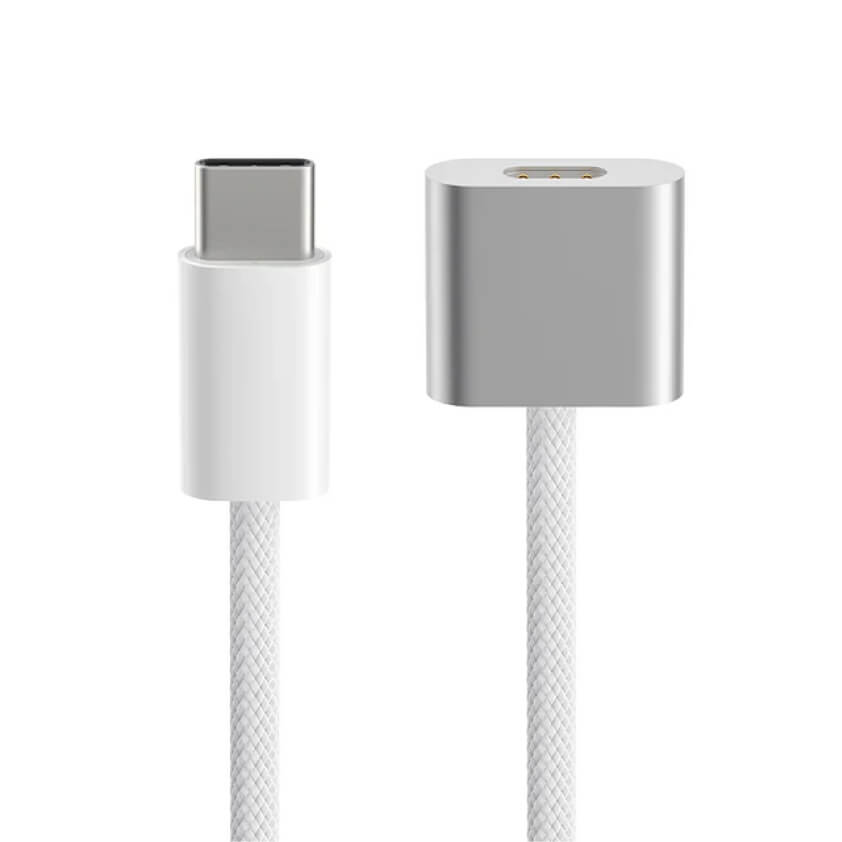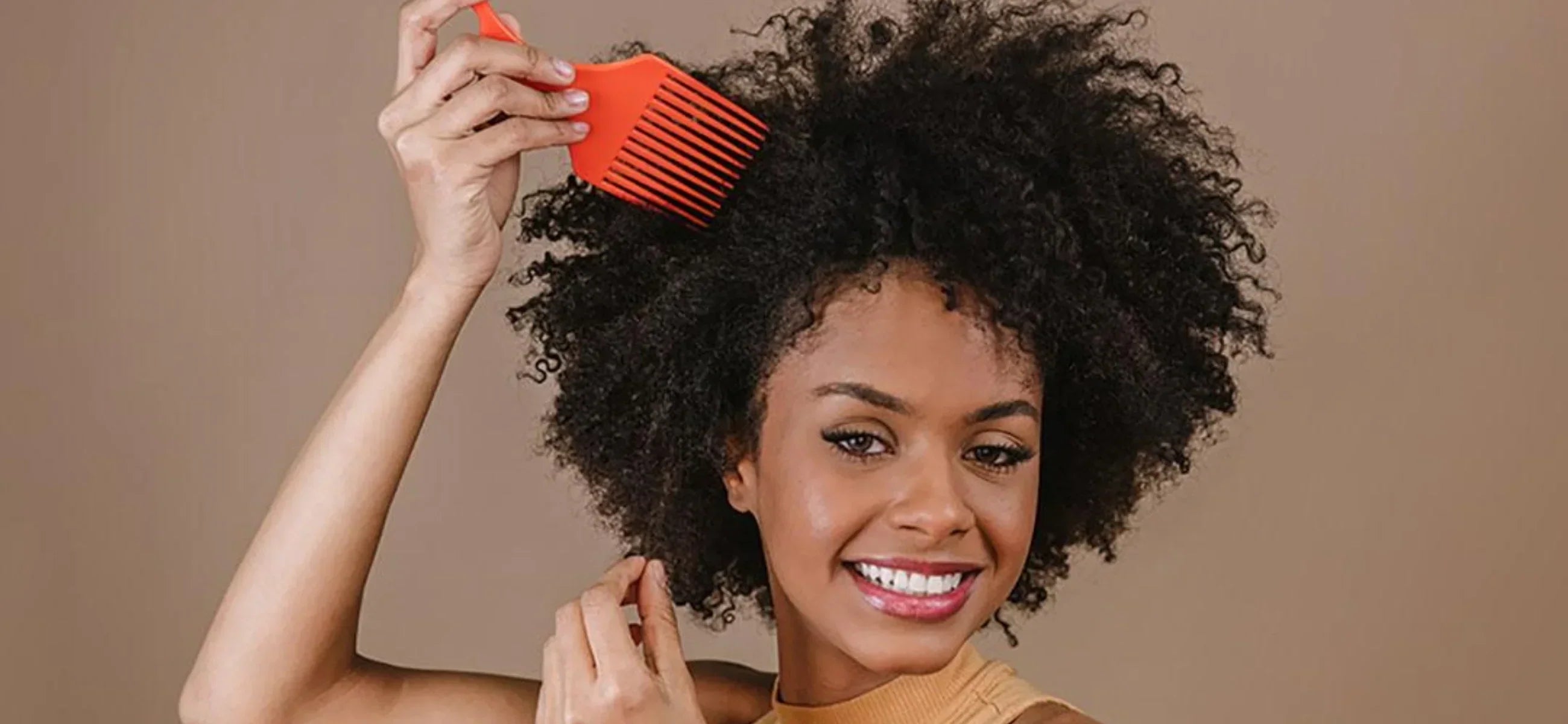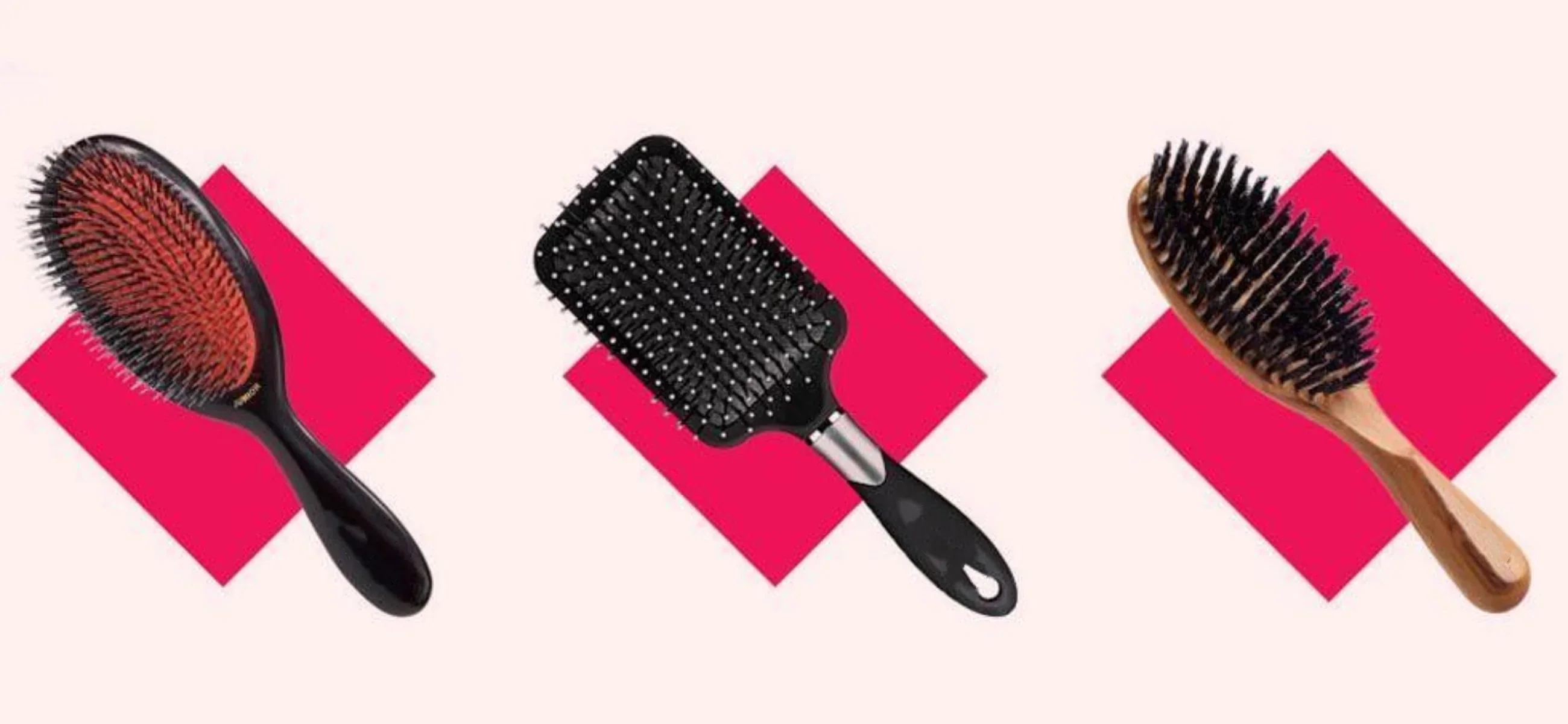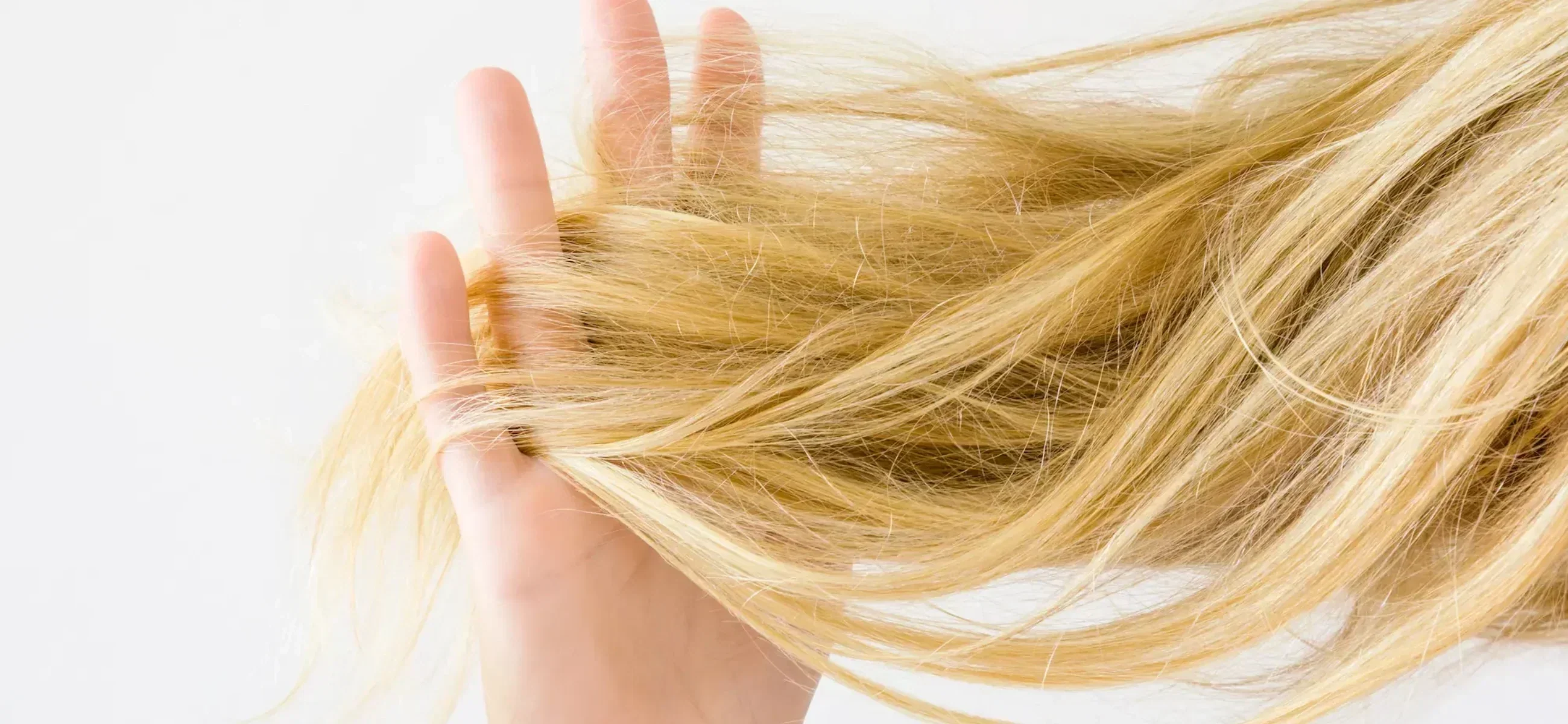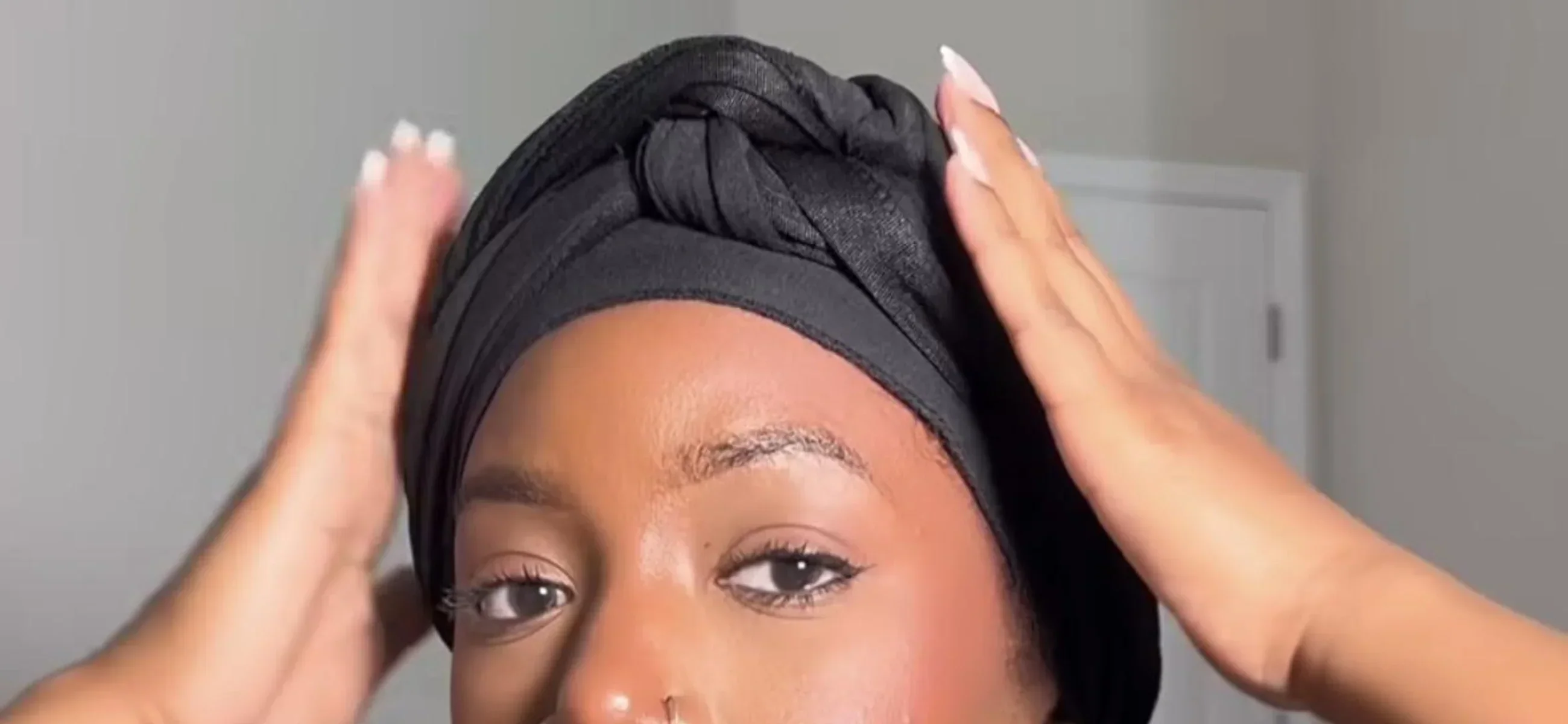
In this article
A good night’s sleep can be your hair’s best friend or its silent saboteur. That’s where wrapping comes in. Wrapping your hair at night is an adaptable practice that shifts with your style, texture, and even what your hair went through that day. Got freshly flat-ironed strands? A cross-wrap under a silk scarf keeps your ends protected and your shape intact. Rocking natural curls or a blowout? Pineappling or using a loose wrap with a satin bonnet prevents friction and preserves volume.
Does wrapping your hair at night help
It’s a hidden strategy. Wrapping your hair before bed does more than protect your style; it actively supports the health and longevity of your strands.
Reduces friction and breakage
Nighttime movement on rough pillowcases can lead to tiny breaks and frizz that build up over time. Wrapping your hair creates a smooth barrier between your strands and your pillow. It minimizes tension and protects your ends from splitting or snapping while you sleep.
Preserves style and shape
Whether you’ve got straightened hair, curls, or a blowout, wrapping helps maintain your style overnight. A proper wrap keeps your hair in place and reduces volume loss and lets you wake up with your look almost intact.
Locks in moisture
Cotton pillowcases can absorb the natural oils and hydration your hair needs. Wrapping with a silk or satin scarf helps trap moisture close to the shaft, keeping hair shiny and nourished especially important for chemically treated, or dry-prone hair types.
How to wrap hair at night in 5 easy steps
Here’s a step-by-step guide to wrapping your hair the right way, no matter your texture or type.
Step 1. Start clean, or at least calm
You don’t need freshly washed hair, but it should be dry, detangled, and free of heavy product buildup. You can use a wide-tooth comb or soft bristle brush to smooth through your strands and remove knots.
Step 2. Add a touch of leave-in love
Apply a leave-in conditioner, nourishing oil, or styling cream. Focus on your ends. This step locks in moisture and gives your hair an overnight treatment while it rests.
Step 3. Choose your wrap weapon wisely
Silk scarf? Satin bonnet? Stretchy wrap cap? Choose the material and method that matches your hair’s needs. Silk is best for glide and moisture retention, satin gives a bit more hold, and layered options work well for textured or voluminous styles that need shape control.
Step 4. Wrap with intention, not just habit
For straight or relaxed hair, use the classic wrap method: brush your hair in a circular motion around your head and secure it with pins or a wrap cap. For curly or natural hair, try the pineapple method: gather hair loosely at the top of your head and cover with a bonnet to preserve volume and definition.
Step 5. Secure, sleep, and let it work
Once wrapped, make sure your scarf or bonnet is snug but not tight as too much pressure can stress your edges or scalp. Sleep on a silk pillowcase for added protection. By morning, your strands will thank you with fewer tangles and more shine.
How to wrap curly hair at night
Curly hair has its own rhythm and while it thrives on volume and bounce during the day, it craves structure and protection at night. Wrapping curly hair is about preserving. One of the best nighttime techniques is the “pineapple”: gather your curls into a loose, high ponytail at the crown of your head using a soft scrunchie, then wrap it with a silk or satin bonnet or scarf. This method keeps your curl pattern intact, prevents tangling, and reduces friction that causes frizz. For tighter textures or defined twist-outs, consider sectioning your hair into large, loose braids or flat twists before wrapping.
Is it better to sleep with your hair up or down
Sleeping with your hair down might feel freer, but it leaves your strands vulnerable to friction, tangling, and breakage especially if you toss and turn or sleep on a cotton pillowcase. On the flip side, tying your hair up too tightly can strain your scalp and create tension at the roots, which isn’t ideal either.











